The film that single-handedly caused a paleontological obsession to sweep America, Jurassic Park arrived to theaters back on Friday, June 11, 1993. Some films make their actors household names, but Jurassic Park brought with it insta-fame for the likes of the deadly Tyrannosaurus Rex, spit-happy Dilophosaurus, and those pesky, pesky Velociraptors.
Based off the 1990 novel by best-selling author Michael Crichton, Jurassic Park is a tale of science gone horribly wrong when man decides to play at being God. What do those stupid humans do, you ask? Well, they extract and clone DNA from mosquitoes encased in amber, thereby culminating in the ability to rebirth extinct dinosaur species, those great beasts of yesteryear. Because, of course, everyone wants a theme park with real live dino-creatures, right?
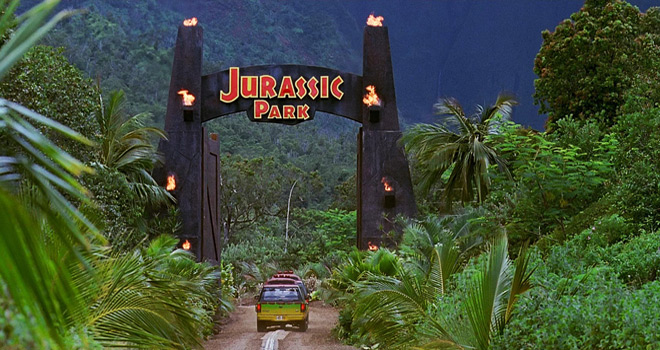
Here, eccentric billionaire John Hammond (Richard Attenborough: Doctor Dolittle 1967, The Lost World: Jurassic Park 1997) wants exactly this: a dinosaur theme park that will rake in the green. After a handler is killed on Isla Nublar – the Costa Rican island home to the park – investors, who are represented by their lawyer, Donald Gennaro (Martin Ferrero: Planes, Trains, & Automobiles 1987, Heat 1995), demand that experts certify the park’s safety before it can be opened to the public.
Enter rockstar paleontologist Dr. Alan Grant (Sam Neill: Jurassic Park III 2001, Hunt for the Wilderpeople 2016) and his right-hand woman, paleobotanist Dr. Ellie Sattler (Laura Dern: Blue Velvet 1986, Wild 2014). At the park, the pair – along with Hammond – are met by rebellious mathematician, the leather-clad Chaos Theory specialist, Dr. Ian Malcolm (Jeff Goldblum: The Fly 1986, The Grand Budapest Hotel 2014). Along for the trip are also Hammond’s grandchildren, somewhat reserved pre-teen Lex (Ariana Richards: Tremors 1990, The Lost World: Jurassic Park 1997) and precocious young Tim (Joseph Mazzello: The Social Network 2010, G.I. Joe: Retaliation 2013), who wants to attach himself to his hero, Dr. Grant.
What we will ultimately experience is a thrill-ride of Sci-Fi-based horror as Jurassic Park, the actual park, goes haywire in the midst of a storm – much in part to the greed of Dennis Nedry (Wayne Knight: Dirty Dancing 1987, Seinfeld series) – and the dino-attractions begin to eat the tourists. Spoiler alert: it seems highly doubtful that anyone in their right mind is going to sign off on this park’s safety!
Directed by the almighty Steven Spielberg (E.T. the Extra-Terrestrial 1982, Schindler’s List 1993), Jurassic Park was a massive hit when it brought its fresh and unique brand of dino-scares to theaters in June 1993. The film would go on to win more than twenty awards, including 3 Academy Awards for its technical achievements in visual effects and sound design. This was due much to Spielberg, who employed groundbreaking computer-generated imagery created by Industrial Light & Magic, along with life-sized animatronic dinosaurs built by Stan Winston’s team. To showcase the sound design, Spielberg invested in the creation of DTS, a company specializing in digital surround sound formats.
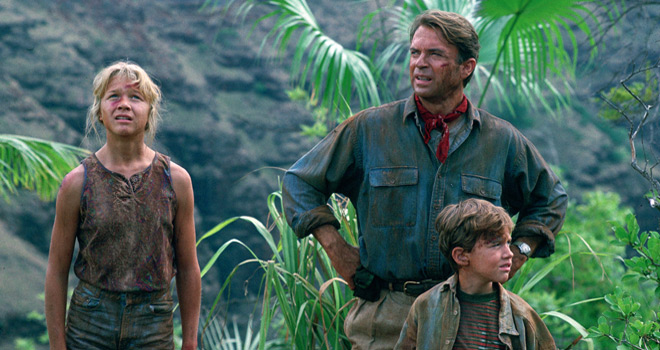
Clearly, it paid off, and Jurassic Park grossed over $914-million worldwide just in its original theatrical run, making it the highest-grossing film of 1993 and the highest-grossing film of all-time, that is before 1997’s Titanic took away that distinction. The film’s 3D re-release in 2013, to celebrate its 20th anniversary, cemented Jurassic Park as the seventeenth film in history to surpass $1-billion in ticket sales.
And now that you know the stats, it is trivia time! Did you know that Jurassic Park was filmed in California and Hawaii? Okay, that seems elementary, so let’s dig a little deeper, shall we?
Spielberg expressed interest in purchasing the rights to Jurassic Park before the novel was even published, and Crichton – who demanded a non-negotiable $1.5 million fee – saw a bidding war erupt for the film’s rights before his novel even saw the light of paperback. Warner Brothers and Tim Burton placed a bid, though Universal Pictures ultimately won and made Spielberg a deal: he could direct his epic project Schindler’s List, provided he tackle Jurassic Park first. For Crichton, this was a superb moneymaker, as he was paid an additional $500,000 to adapt his novel into a screenplay. He was urged to tone down the gore and violence, and ultimately had to cut much of the novel’s content due to time constraints. Thus, if you’ve read the book, you already know that Crichton’s Jurassic Park is a slightly different ballgame from the film we all know and love.
On the casting end, rumors about Jurassic Park’s actors are infinite, with an endless list of Hollywood elite named as possibilities for each of the varying roles. The role of Dr. Grant is said to have been offered to William Hurt and Harrison Ford, though others that are rumored to have been considered for the role included Richard Dreyfuss, Kurt Russell, Dennis Quaid, Kevin Costner, Mel Gibson, Robin Williams, Dylan McDermott and Tom Sizemore. In the role of Dr. Malcolm, rumors suggest that Michael Keaton, Bruce Campbell, Johnny Depp, Ted Danson, Steve Guttenberg, and Michael J. Fox all read for the part. Meanwhile, the role of Dr. Sattler might have seen the most intense competition, with rumors of everyone from Sandra Bullock and Jodie Foster, Sigourney Weaver to Julianne Moore being considered. In fact, the list of potential ladies is overtly lengthy, and also includes Helen Hunt, Nicole Kidman, Elizabeth Hurley, Juliette Binoche, Michelle Pfeiffer, Geena Davis, and Jamie Lee Curtis, to name but a few.
By comparison, John Hammond saw a fairly succinct pool of candidates that reportedly included Sean Connery, Clint Eastwood, Marlon Brando, Ian Bannen and Jon Pertwee. Christina Ricci, Anna Chlumsky and Judith Barsi were all suggested as possibilities for the role of young Lex, while it is said that Bob Hoskins and Jeffrey Jones were considered for the role of park ranger Robert Muldoon, which ultimately went to Bob Peck (Royal Flash 1975, Edge of Darkness 1985). Oddly but interestingly, James Cameron has stated in interviews that, had he had his way and directed the film, he would have cast Arnold Schwarzenegger as Grant, Bill Paxton as Malcolm, and Charlton Heston as Hammond.

Despite this, casting found all the necessary cogs and, after 25 months of pre-production, filming began in August 1992 on the Hawaiian island of Kaua’i. In September, Hurricane Iniki would pass directly over the island and cause dilemmas with filming. It would also be an unintended bonus, providing the necessary stormy weather for several scenes. Proving yet again that, in life, you win some and you lose some!
While the human cast was vital to the success of Jurassic Park, so were its dinosaurs. Truly, the “terrible lizards” – which included the likes of Brachiosaurus, Dilophosaurus, Gallimimus, Parasaurolophus, Triceratops, Tyrannosaurus rex, and Velociraptor – were very clearly the stars of the film, and were brought to life through a combination of animatronics and CGI. In an attempt to depict the creatures in the most realistic light possible, Spielberg and his team consulted with the likes of real-life rockstar paleontologists Jack Horner and Robert Bakker.
Understandably, the cast and crew became somewhat attached to the film’s creatures, and names were given to many of them. While the T-Rex was christened Roberta in the film’s storyboards, fans would go on to name her Rexy. In turn, the crew named a pair of the animatronic raptors Kim and Randy, while the Dilophosaurus was affectionately referred to as Spitter.
In an episode of life imitating art, after filming on Jurassic Park wrapped, a new species of raptor was discovered in the Utah desert and christened the Utahraptor. For his film, Spielberg had opted to make his Velociraptors approximately 6-10 feet tall, bestowing them with many characteristics that would have not been true to their genus, including an alteration of their height – as it is believed that the actual dinosaurs stood at under two paltry feet. The Utahraptor, however, stood at nearly six feet, inspiring designer Stan Winston to joke: “We made it, then they discovered it.”

It is perhaps most important to note, paleontologically speaking, that despite its title of “Jurassic Park,” only two of the film’s dino species, Brachiosaurus and Dilophosaurus, existed during the Jurassic Period (200-145 million years ago). The remainder of the species depicted lived in the Cretaceous Period (145-65 million years ago), and, covering its own bases, this fact is alluded to in the film’s opening dialogue. Call it an error or an oversight, but this fact has not once slowed the massively popular creature that is Jurassic Park!
Over the past 25 years, Jurassic Park has inspired a commercial empire and theme park attractions, spawned documentaries and inspired paleontological revolutions. The film has been made available in every format imaginable, from VHS to DVD, Blu-ray to digital, and was the first movie to be dubbed in the Hindi language.
It inspired Spielberg to personally request Crichton to author a sequel (The Lost World), which, in turn, spawned the continuation of the franchise with such films as 1997’s The Lost World: Jurassic Park, 2001’s Jurassic Park III, 2015’s surprise hit Jurassic World, and the upcoming Jurassic World: Fallen Kingdom. It single-handedly revived the career of its author, and only served to make Steven Spielberg an even more in-demand, hot Hollywood commodity. With Jurassic World: Fallen Kingdom set to open in just under two weeks, the franchise is very much still alive, continuing to provide ample dino-screams and fossil-love all these years later.
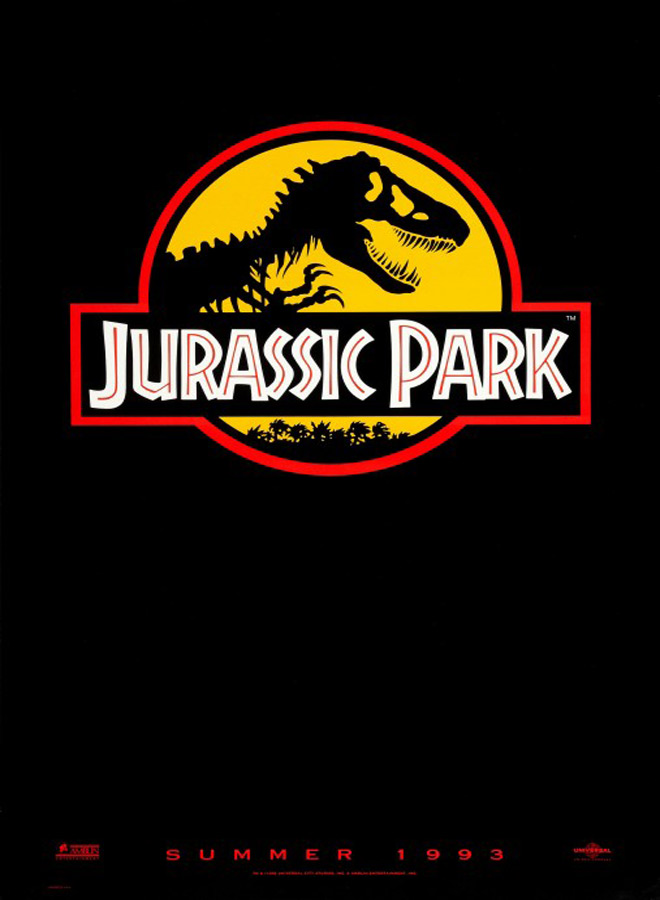

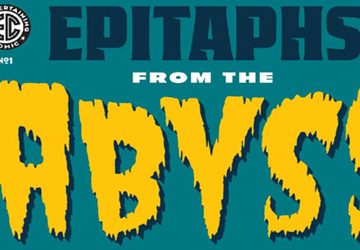
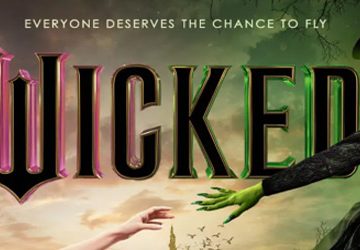


No comment